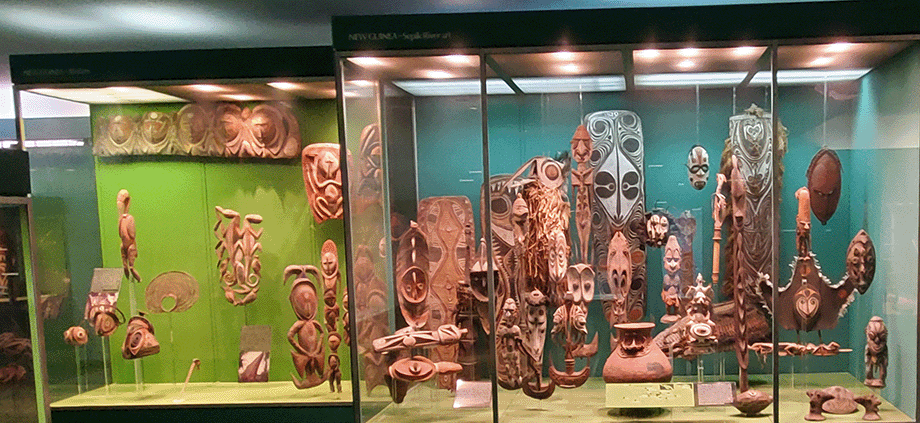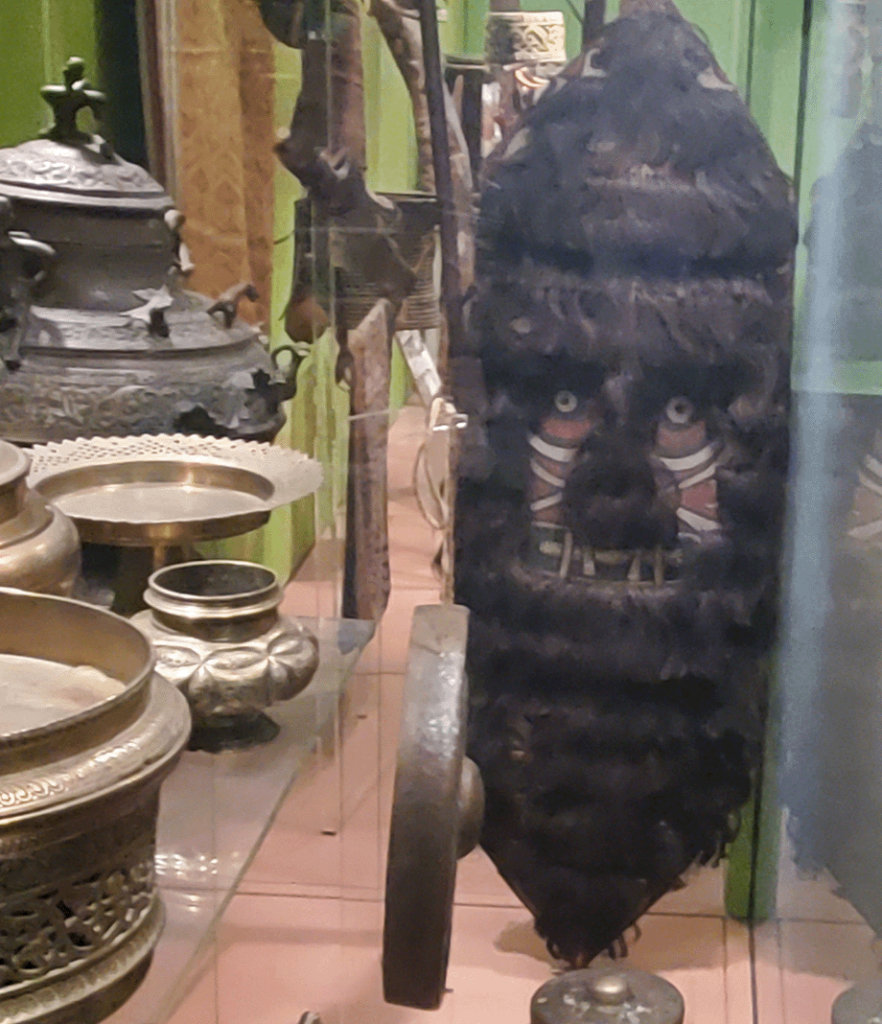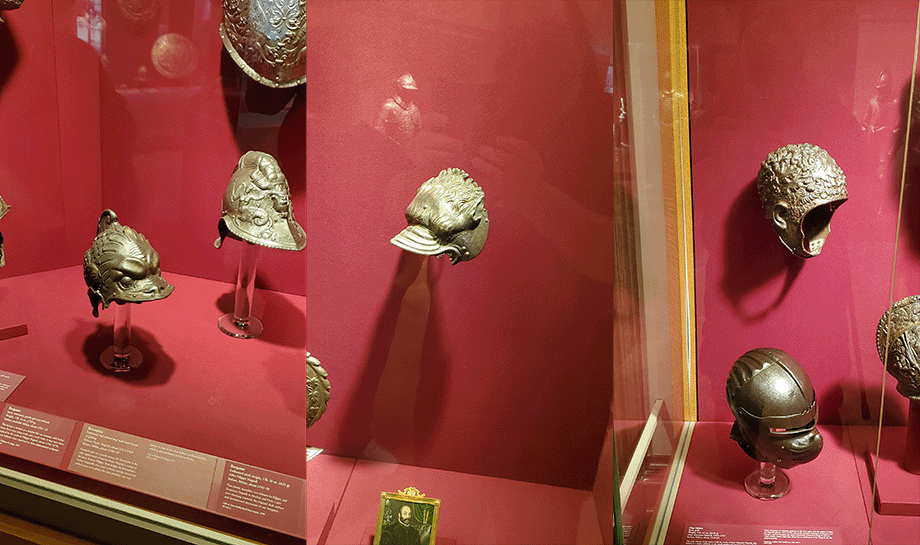I take pride in my personal library and the collections of my lifetime. I thankfully found a mate who is as passionate about the written word, and the horizons that it offers, and we have spent several decades together acquiring books and documents on the widest range of subjects, in addition to my personal texts on matters occult.
I have also discovered many great resources on line, including Academia.org, Archive.org, Sacred-Texts.com, and the Open Library. Through these sites and others I have greatly expanded my resources on the strange and unusual. There is even an Android app that collects various esoteric texts so I can continue my studies when traveling without my paper books.
The collection includes a few books from the late 18th and the 19th centuries, facsimile editions of books going back to the days of the Pharaohs, and many books penned in the last couple of decades.
Every now and again I will be reading through something and will have the sensation that what I read is just not accurate.
This then sends me dragging out multiple volumes in search of where I might have run across the contrary information. Sometimes, that’s a short search. There are those texts where the author, for one reason or another, diverts from what is recorded in five or six other books I have.
But now and again, I can’t locate the source. I just know. I know with absolute certainty, that what I am reading is not right.
Even if those other five or six books agree with it. What I know as different must be so.
This is defined in the contemporary occult community with the nifty anagram UPG – Unverifiable Personal Gnosis.
There seems to be a lot of it going around.
There’s no denying that there is a hefty profit-motive in offering new material or alternative interpretations in a marketplace with a growing demand. And I would dismiss it as making things up completely for reasons of pure greed if I had not had this experience myself.

There’s a lot of things taken for granted, revered as wise, ancient, traditional, mythical and even divine, but at some point someone has told that to someone else, and it became “truth”.
For instance, the conventional widespread correspondences of the Four Elements with the Four Directions is that Fire is South, Air is North, Water in the West, and Earth is left to the East. There’s apparently some variations, but this seems to jibe with the Northern Hemisphere Anglo-saxon witchcraft texts.
But I personally put Fire in the East and Earth in the South.
I have a couple of really good reasons.
I think the traditional Fire/South connection is because generally speaking it gets warmer as you go closer to the Equator. (I did see one blog that flips the attribution of Fire to North for the Southern Hemisphere, which would argue for this principle).
But, well, If Fire is South, then Water, the opposite of Fire, has to be North. Water is the opposite of Fire. Look at the standard glyph for it. Fire is an upward pointing triangle, and water is downward pointing. And how do we put out fires?
If I am looking at a conventional compass rose, North is “up”. The Air is also up, and the ground. that is Earth, is below us, so it seems better suited to South. Also, look at those glyphs again. Air is the cloud over the mountaintop. Earth is the cave below ground.
So we have fire and water to contend with, and that seems arbitrary, but hear me out. I put Fire in the East as the Rising Sun. The sunrise being also the metaphor for Creation, it embodies that Fire element exceptionally well, to my way of thinking.
This leaves Water to the West by default, but also not really. I see water as the endless River of Time, so it stretches out infinitely after the Sun has set.
The Sunrise/Sunset metaphors along with the River are probably subconsciously synthesized out of my many years of fascination with the Black Land of Egypt.
The Egyptian creation myth is that before time, there was an endless Celestial Nile Flood. When this flood receded, there was a mound of earth, upon which a single lotus grew. When the flower opened, Ra rose and began the first day.
In my head I connect up the dots. The flood is Water, The mound is Earth, The lotus is Air (scent, work with me, here) and Ra – the Sun, is Fire. At any rate that primal Moment is most probably the impetus for my association of the Fire element with Sunrise and the East.
But most of the texts say I am wrong, and that’s okay. I will go on doing it my way, because that works for me. While my above reasoned method comes from a cognizant exploration of why I believe this way, I cannot tell you at what point these ideas took root in my brain. They are the product of some inscrutable mental alchemy. I could just as easily say that it came to me in a dream.
That’s been a viable method of personal revelation for ages. Indeed, the shaman goes on such dream voyages to bring back word from the spirit world to the world of humans. There are magic texts that frequently tell of studying divine or sacred books while in dreams, or visions or when travelling the astral plane.
To sit with elders of the gentle race
This world has seldom seen
They talk of days for which they sit and wait
All will be revealedTalk in song from tongues of lilting grace
Kashmir – Robert Plant, Jimmy Page, John Bonham
Sounds caress my ear
And not a word I heard could I relate
The story was quite clear
The Revelation of Saint John in the Christian Bible speaks of being shown multiple books, some of which were “eaten up and were bitter in my mouth” and some which even though shown to John by the angel, were forbidden to speak about. So, like the Book of Seven Thunders, mystics and magicians throughout history have perhaps kept much of their personal gnosis to themselves.
This then comes back around to the unverifiable part. In fairness, most magic is unverifiable in the strictest scientific sense. Spirit, animal magnetism, vril, and orgone are all things proposed to exist and work in the world, but cannot be proven reliably by external observable phenomenon.

Castor and Pollux, the Twins are part of Graeco-Roman mythology. On the other hand, Antares, at the heart of Scorpio, has been a significant star to Middle Eastern peoples since before the Greeks sailed for Troy. How much Ptolemy translated and how me he intuited is not known. Since modern astrology “works” based in a good part on his principles, one might argue his instincts were correct.
Yes, your horoscope may be especially on point today. Possibly Mercury retrograde is what caused you to misspell the title in that Powerpoint you just showed to the partners. Maybe Great Aunt Sadie did give you the winning Lotto numbers. But these connections are being made by you, by your belief. They exist in your head.
And that’s kind of the point.
In Catholicism, the Mystery of the Eucharist is believed to transform the symbolic Wafer and Wine into the Actual Blood and Body of Christ, and by this act of Communion, the individual is elevated to the Divine, capable of transcending the physical death.
This ritual is no less magical than calling upon the Spirit of Agiel to bless your Saturnine talisman. The extent to which it is seen as purely symbolic or truly miraculous will vary from individual to individual. If you believe you are partaking in the Divine, then you probably are. If you see the ritual as a weekly re-commitment to leading a life according to certain rules and principals, then that works as well.
In the end every spiritual experience is personal because that is where we experience it. If we were experiencing something external, quantifiable, and easily agreed upon, there’d be no need for the hundreds of religions and thousands of explanations, commentaries, apologies, and other desiderata that constitute our perceptions of the more subtle world.
Now, should you feel that Hekate has given you the Secret Keys, and want to rush right out and let the world know, I suggest you expect resistance. As the saying goes, a prophet is not welcome in his own country. There are a lot of reasons for that. Belief is security. Knowing that what you’ve always been told is the One True Way is a very safe place. You can easily dismiss what doesn’t fit and live your life free of conflict and complication.
Of course, in believing in our own UPG we have taken that same step. All the rest of the world be damned. I know what is going on!
Maybe you do. Maybe those Secret Keys are the new Light and the new Way but don’t expect the world to genuflect and sit listening. What we study now, is the result of ages past. Someone in a cave long ago had a dream, and told someone else, who told someone else. who told someone else.
Like the prison grapevine in Johnny Dangerously, the story of what the dreamer saw changed slightly every time it got passed on. Eventually the key parts were what was remembered. Other dreamers would see something like it, or some part of it, and add back into the story what they saw.
When we get to Ur and Eridu, some of this starts to get written down. It gets mixed in with folk tales about the exploits of ancestral heroes, It becomes religion. And then the people who have the religion get conquered, or have a famine, or a great flood, or get smashed by a meteor, and it becomes a broken memory, told by survivors, to people who never dreamed the dream. The old religion becomes unorthodox, heretical, and occult. Sometimes it’s even considered evil. One people’s gods are frequently a later people’s devils.
Hekate may have come from a group of people living in the southwestern part of what is now Turkey called the Carians.1 The Doctor Who episode “Shakespeare Code” references an alien species called Carrionites that inspired the Bard to write the Witches in the Scottish Play. I wonder if the word derived from the Carian people, but I’m not sure the writers were that literate. She was amalgamated into the Greek Pantheon in various ways, depending on the time period, but all were supernatural in origin. She was not originally a chthonic goddess, and seems to have only connected that way in her assisting Demeter in searching the underworld for Persephone. This is how she acquired the torch symbol. She is at some point connected to the crossroads, and dogs and snakes and death and witchcraft, but these associations may have had little to do with her original form in the country of her birth.
So if you are stirring the hell-broth one night and she shows up at your door, it is entirely possible that the being you entertain may bear little or no resemblance to a three-faced torch-carrying corpse woman. And in that case, any tips she may give your regarding Secret Keys over a steaming mug of hell-broth may not be in line with the thousands of years of lore every other person knows about Hekate.
For example, I call her Heh-cut, not e-Kaht-ae. The latter would be the actual Greek pronunciation, I’m told. My version is more in line with the one Shakespeare used, and what I learned in reading Macbeth in high school, before I was acquainted with her life outside the theatre.
Now if I am in conversation with educated persons who know the Greek form, I am likely to consciously use that form (presuming we’re only on the first round of hell-broth anyway). I don’t want to be thought some sort of rube.
I will say e-Khat-ae. I am still going to hear “Heh-cut” in my head. Old habits die hard.
Were I to work with her directly in my practice, rather than just in research, I would not only make sure I had the right form, but also all the proper additional titles and honorifics. Everyone likes to have their name gotten right. That’s only politeness. But it’s still hard to break that old habit of mentally pronouncing it the other way.
And there’s actually a fair argument that if Hecate showed up to all those folks summoning her from the Renaissance to the modern period whence her True Name came back into vogue, then Heh-cut is just as workable. In fact, that old sympathetic magic principle about the power of names might imply that she’d prefer to be called Heh-cut since that doesn’t have the same binding power as the True Name.
Alternatively, the spirits that showed up in response to that name might be minions, shades, projections, or the astral equivalent of a voice mail tree. If you don’t say the right words, then you don’t get the full and majestic presence. She is off hanging out where everybody knows her name.
If that is her real name. She could have changed it for show business. People do.
For that matter, she could be a Hekate impersonator.
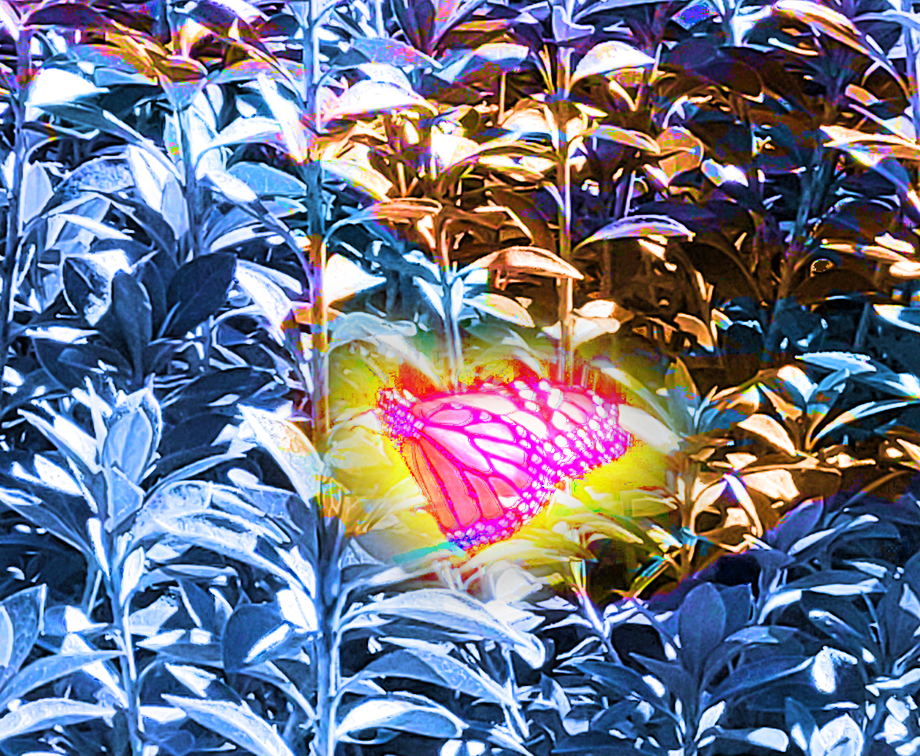
It’s never as easy as it used to be in the old days. The grimoire’s of yore didn’t invest a whole lot of time in existential questions. They were concerned with which planetary intelligence could compel a shade to reveal the location of buried treasure. Just in case Aunt Sadie’s Powerball numbers don’t come through.
We are not living in Ancient Egypt or Greece, the Roman Empire, the Middle Ages, or the Renaissance. We are a century divorced from those troublesome Victorians and their legacy up to the Second World War. For that matter, we are divided from the “age of Aquarius” occultists of the 60s and 70s (though I personally retain much of their influence).
We are living in a global instant information society, with diverse cultural perspectives, massive social change, and telescopes out beyond the moon looking back into time itself. Our present mysticism exists in a world where science says none of it is real, but offers no alternative that is palatable. Yes, this happens because this happens because this happens and there’s always a reason even if we don’t know the reason. Yet humanity finds this to be an empty plate and wants something more.
Science deals with the physical and is pretty good at it, as far as that goes. It’s given us an end to smallpox and economical air travel and Zoom meetings.
The human consciousness is not a physical phenomenon. It doesn’t have a spectra that can be measured. It obeys no laws of thermodynamics, gravity, or electromagnetism. It exists without explanation, manifest as electrical pulses in a chemical soup in the middle of our skulls. We can mechanically replace most of the other functions of the human body. Yet, we cannot concoct that exotic hell-broth and shoot a spark through it and get a mind.
Science is stumped. There’s a gap between the electrochemical reaction and the wonder of thought. And in that gap there is a potential for things which neither science or the mind can easily express. This is where we go, torch in hand, into the underworld, trying to find some answer for how it all works, and what it all means.
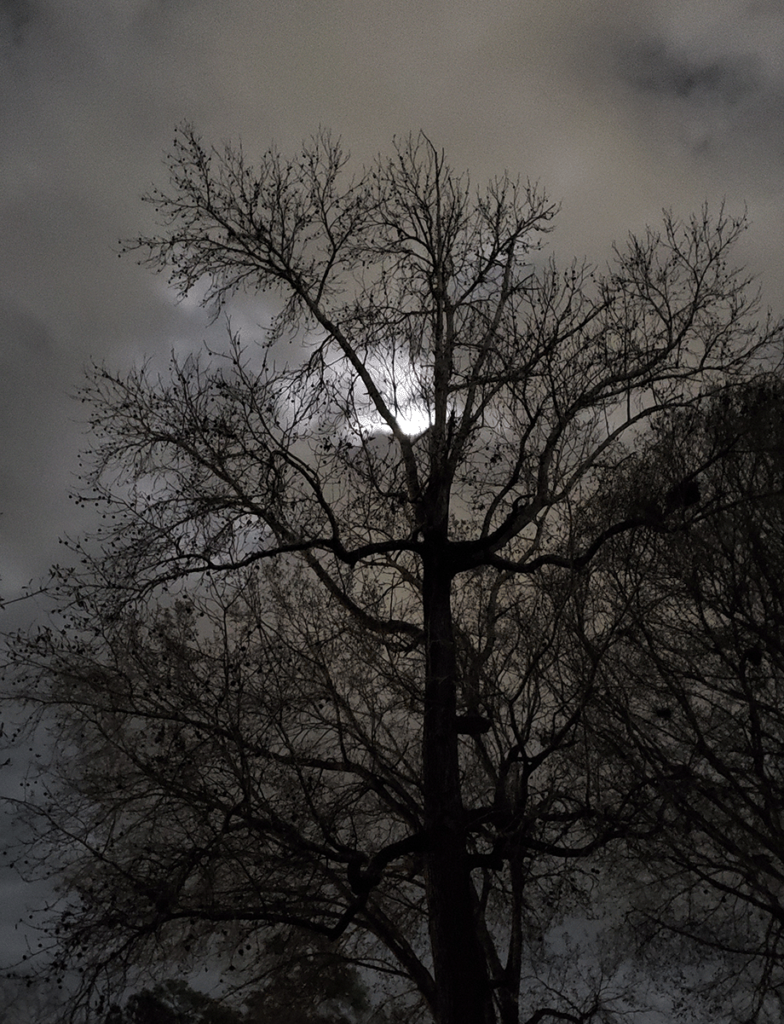
It is the lonely nature of personal consciousness that we make this journey in isolation. What we find, and what we are able to bring back, is for our eyes and ears alone. We will struggle to share that with anyone else, because they will not have shared the experience. At best, what we will offer will be symbol, and metaphor. We may give others enough to find a trail, but it will always lead them to a different place because they are the ones walking it.
You can tell them what you know, but they won’t understand it the way you know it. We may be spiritual beings having a physical experience, but that physical experience is a very confining one. So don’t worry too much if when you read something it doesn’t seem right. That just means you need to start thinking about it more complexly rather than just accepting that is how things are. In the end, you may find that you were totally wrong. You may find that everyone else is totally wrong. And you may stumble across a third alternative that is wholly shining and new. What you do with that knowledge is your choice alone.
Thank you for enduring another week’s attempt at expressing those things that I know but can’t transfer telepathically to everyone in the world. It’s probably better that way. I’m fairly weird on the inside. Please come again next week.




